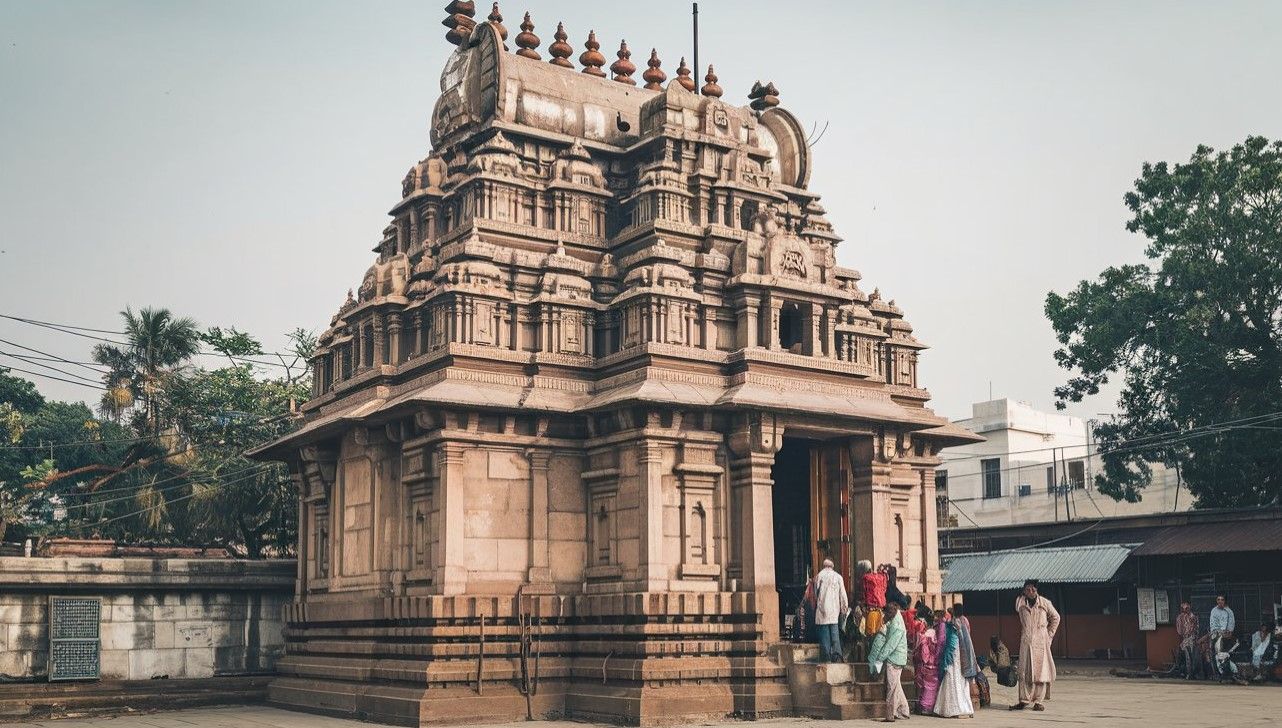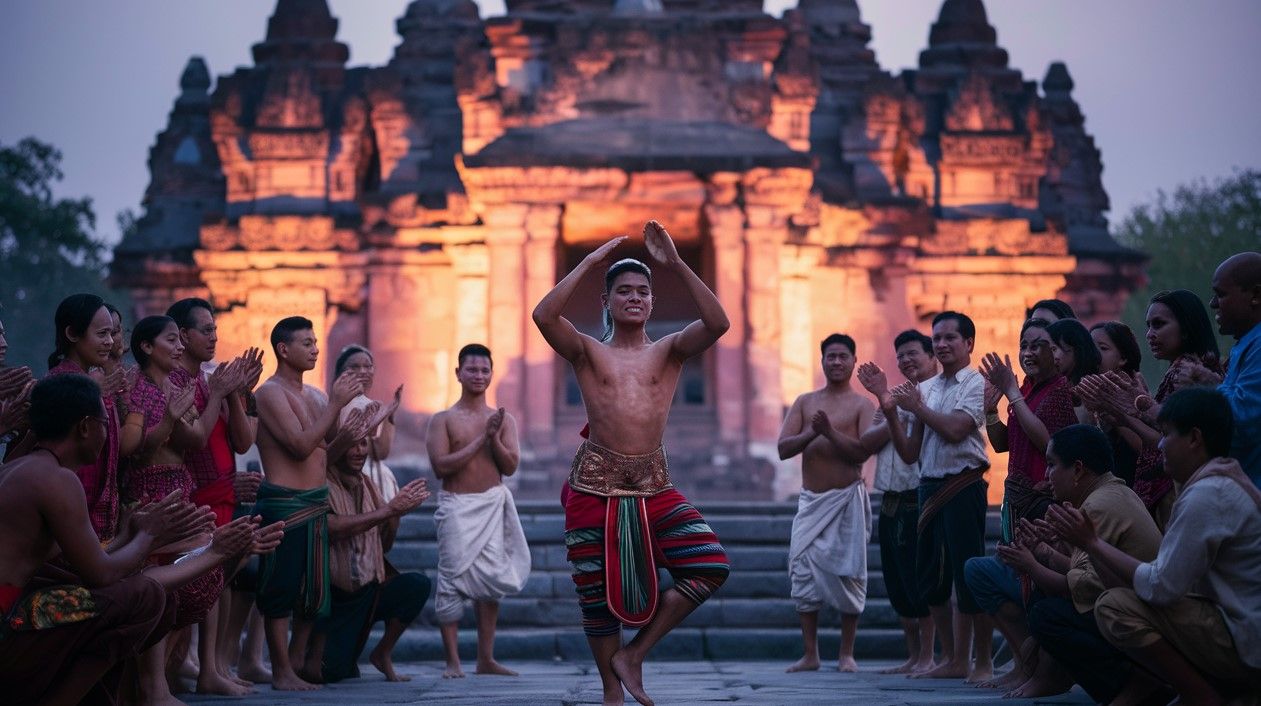Cultural activities and Examples

Contents
What Are Cultural Activities?
“Cultural activities” is a broad term. The activities that fall under this umbrella are quite diverse, which is a reflection of the many different cultures found in our contemporary society. These activities can be related to faith or religion, participants’ country of origin, and, of course, their personal wishes and needs.
Here is a list of some common cultural activities:
- Dance performances, demonstrations, or workshops from various cultures:
- Examples: Belly dancing, Oriental dance, African dance
- Professional theatre performances, concerts, and art exhibitions: Theatre, musicals, opera, classical and modern music, exhibitions of all types of art—painting, sculpture, fashion, design, etc.
- Visits to architectural monuments and museums: Buildings and monuments, offerings from various museums, castles, and parks.
- Example: Turaida Castle is a central point of interest in Sigulda, the Basilica in Aglona is a major pilgrimage site, the Krišjānis Valdemārs monument in Ventspils is the city’s most popular tourist attraction, and “Museum Night” attracts visitors across Latvia.
- Music or art festivals of various genres and styles.
- Example: The Sigulda Opera Festival, the Positivus music festival in Salacgrīva, the Early Music Festival at Rundāle Palace, the Rūdolfs Blaumanis Theatre Festival in Velmeira, the Sand Sculpture Festival in Jelgava, the Cēsis Art Festival, the Saldus Saule music festival, and the “White Night” international contemporary art festival in Riga.
- Amateur art festivals.
- Example: The Latgale Song Festival in Daugavpils, Kokle Day (a Latvian national instrument) in Jūrmala, the Anna’s Day folklore festival in Dagda, the “Zeme, Debess, Jūra” amateur theatre festival in Liepāja, and the FonoFest contemporary music festival in Cēsis region.
- City festivals and other celebrations: Annual celebrations, themed holidays, etc.
- Example: The Jomas Street Festival in Jūrmala, Riga 800, Ventspils 700+20, the Cēsis city festival (“Picnic in the City”), and fishermen’s festivals in Engure, Roja, Mērsrags, and Salacgrīva.
- Religious festivities and national traditional events.
- Example: The pilgrimage to Aglona on the Assumption Day of the Blessed Virgin Mary, Easter and Christmas celebrations in Latvian churches, and Midsummer (Jāņi) celebrations.
- Historical events.
- Example: The medieval festival “Livonia.1378.Wenden” in Cēsis, and the knights’ tournament and May celebrations at the Livonian Order Castle in Ventspils.
- Popular or hobby-based events.
Why Are Cultural Activities Important?
Society
Our society is diverse and multifaceted. People differ from one another in countless ways—some are visible, like age and skin color, while others are less visible, such as cultural and social backgrounds, skills, and lifestyles. Through cultural activities, participants can experience and appreciate the positive aspects and opportunities that arise from these differences.
Navigating these differences can sometimes be challenging, but it is essential for living together harmoniously. Being open and tolerant is a core part of our modern, globalizing society, where participation and shared responsibility are indispensable. After all, not everyone is equally good at everything or likes the same things.
Therefore, it’s not just about what an individual can do or knows, but about what we, as a society, can do and know together.
In cultural activities, this is the common thread.
Over the past century, the Netherlands has been enriched by the talents and knowledge of people from all over the world. This means many different nationalities and cultures have become part of the country, all of which contributes to a vibrant society full of diversity!
Participate in Cultural Activities? Just Do It!
Learning to engage with a diverse society is, for the most part, simply a matter of doing it. It’s about showing and experiencing the positive aspects and opportunities that come from the differences between people.
You can do this by taking part in cultural activities. When you participate, you meet new people, learn to communicate with other cultures and with individuals you might not have spoken to before, and you learn to collaborate. That last point is crucial for everyone, for children and adults alike. By working together, you achieve more!











